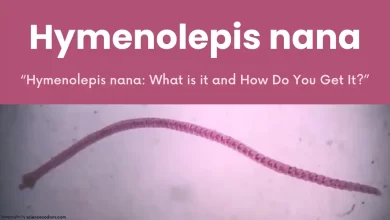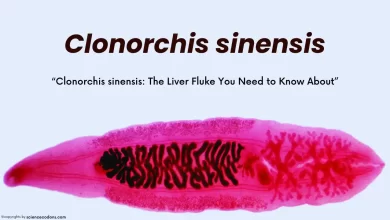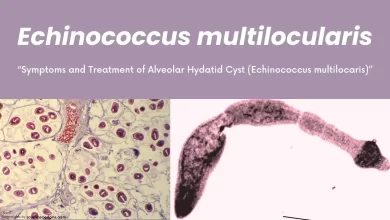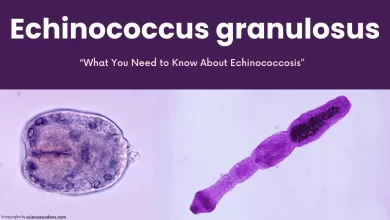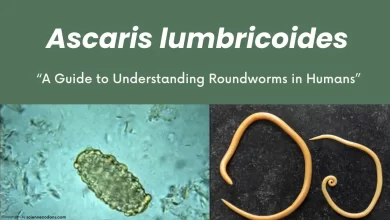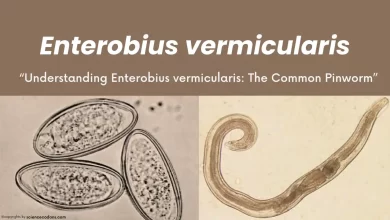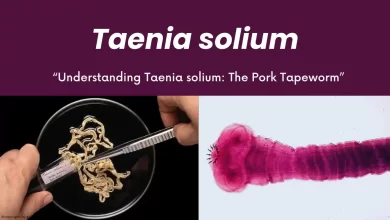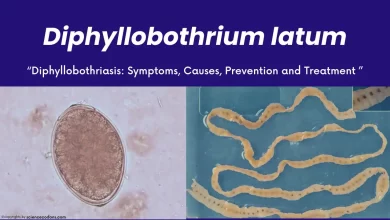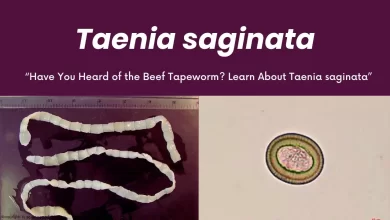Fasciolopsis buski is a significant intestinal trematode worm, recognized as the largest of its kind. we will explore this worm in detail.
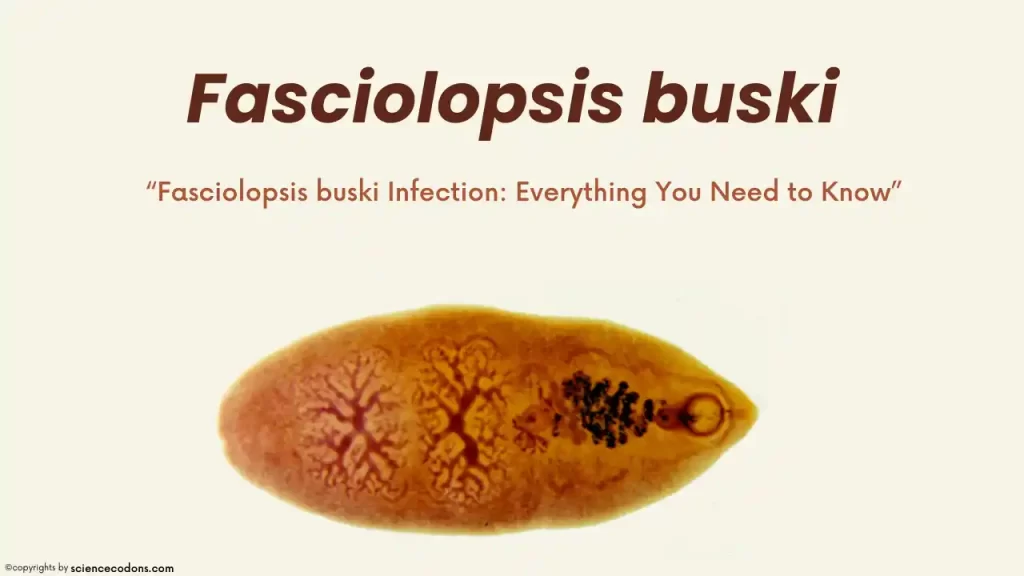
Fasciolopsis buski is a leaf-shaped worm or trematode that enters and inhabits the human intestine. Due to its size, it is often referred to as a giant intestinal fluke. This worm is typically found in Southeast and Central Asia, including countries like China, Taiwan, Vietnam, Thailand, Indonesia, Malaysia, and India.
What is Fasciolopsis buski? [Morphology & Characteristics]
This worm, common in the East, has a lifespan of 6-12 months. Humans, pigs, and occasionally cats and dogs serve as hosts for these worms. As will be discussed later, these worms require two hosts to mature.
Fasciolopsis buski is a fleshy, oval, and elongated fluke, measuring 2-7 centimeters in length and 8-20 millimeters in width. These worms possess two suckers, with the abdominal sucker being four times the size of the oral sac. The suckers aid the worm in adhering to surfaces and moving. Notably, they do not have a conical head.
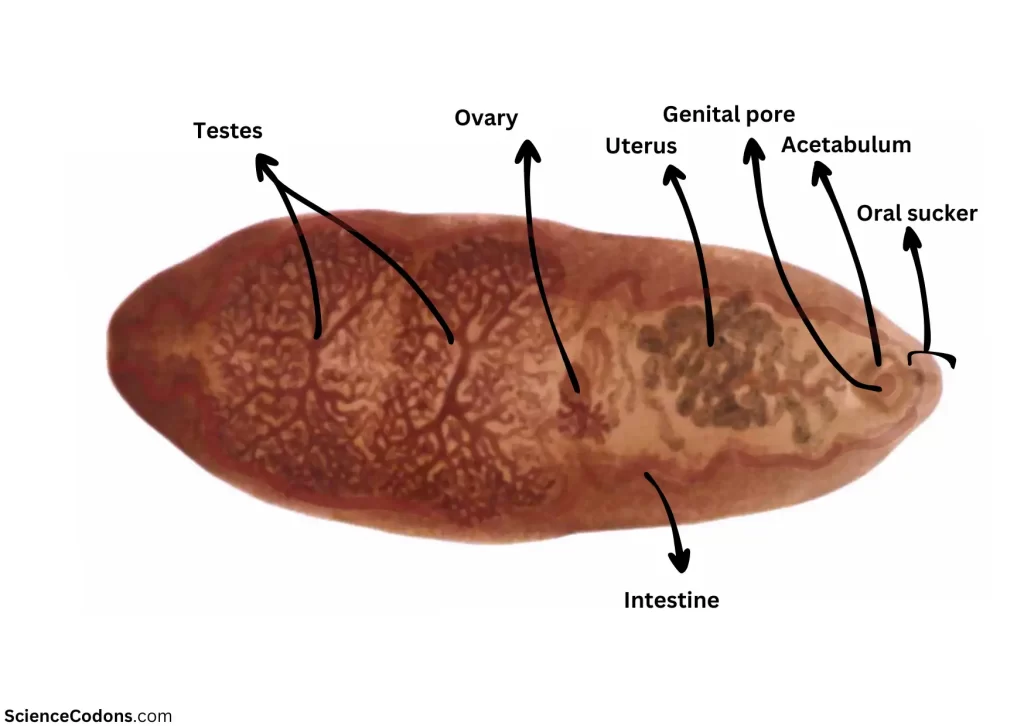
Each worm lays an average of 25,000 eggs per day. The oval eggs measure 130 by 80 microns and are typically immature, valved, yellow, and double-walled.
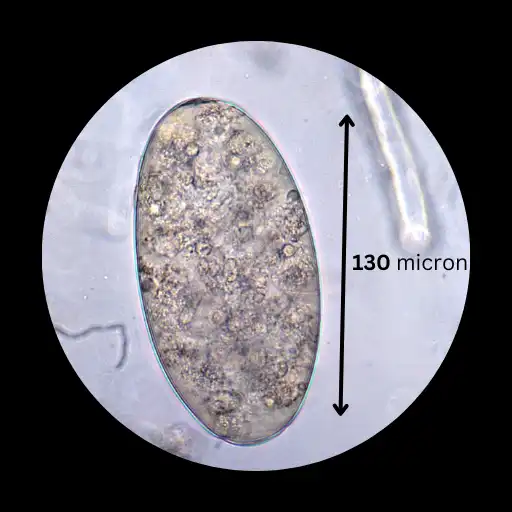
The life cycle of Fasciolopsis buski
F. buski begins to excrete immature eggs in the intestine. When the feces are excreted, the eggs enter the sewage and water. In the water, the egg matures within 4-7 weeks, and Miracidium emerges from it. Miracidium moves towards the intermediate host (snail) and enters from the soft part of the snail’s body. It goes through three larval stages – Sporocyst, Rediae, and cercariae – within 3-6 days in the snail. Finally, Cercaria swims with its tail and attaches to aquatic plants beside rivers and streams, turning into a cystic metacercaria within four weeks.
If these vegetables and fruits containing metacercaria are consumed raw or half-cooked, the metacercariae opens in the intestine, and the young worm emerges. Within three months, it matures into an adult Fasciolopsis buski and begins to lay eggs.
| Stage | Description |
|---|---|
| 1. Egg Stage | Immature eggs are discharged into the intestine and stool. |
| 2. Embryonation | Eggs become embryonated in water. |
| 3. Miracidia Release | Eggs release miracidia, which invade a suitable snail intermediate host. |
| 4. Snail Development | In the snail, the parasites undergo several developmental stages: sporocysts, rediae, and cercariae. |
| 5. Cercariae Release | The cercariae are released from the snail and encyst as metacercariae on aquatic plants. |
| 6. Mammalian Infection | Mammalian hosts become infected by ingesting metacercariae on the aquatic plants. |
| 7. Adult Flukes | After ingestion, the metacercariae is excyst in the duodenum and attached to the intestinal wall. They develop into adult flukes (20 to 75 mm by 8 to 20 mm) in approximately three months, attached to the intestinal wall of the mammalian hosts (humans and pigs). The adults have a life span of about one year. |
NOTE: Watercress is one of the most common vegetables that can transmit Fasciolopsis buski, as metacercaria forms on the leaves of this vegetable.
Signs and symptoms of F. Buski
Fasciolopsis buski can cause inflammation of the intestine, intestinal ulcers, and even abscesses. Severe infections can cause stomach ulcers similar to peptic ulcers. They can cause symptoms similar to giardiasis, and other symptoms such as stomach pain, nausea, decreased albumin in the blood (causing ascites or abdominal water retention), eosinophilia, anemia, intestinal obstruction, and even death have been reported.
| Symptom | Description |
|---|---|
| Abdominal Pain | Common in early infection stages. |
| Diarrhea | Often occurs 1 to 2 months after infection. |
| Nausea | Alternates with constipation. |
| Fever | It may be present in heavier infections. |
| Ascites | Accumulation of fluid in the abdominal cavity. |
| Anasarca | Generalized swelling due to fluid retention. |
| Intestinal Obstruction | Can occur in severe cases. |
Diagnosis, Treatment, and Prevention of F. buski
The diagnosis of this worm involves a stool test. A stool sample is collected, and after undergoing certain procedures, several swabs from the sample are placed on a slide and examined under a microscope. In the stool smear of an individual infected with this worm, immature and valved eggs can be observed (eggs in feces).
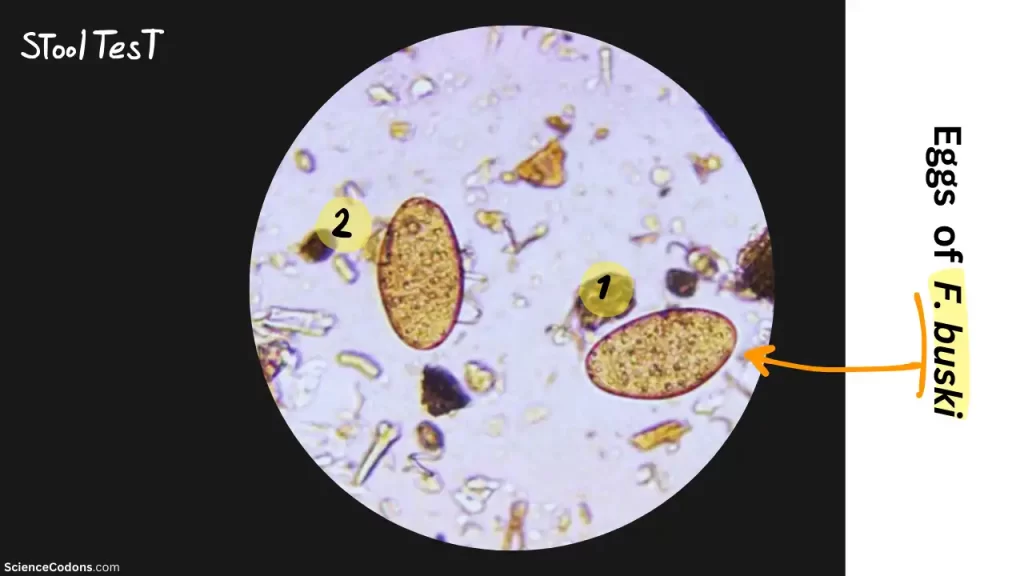
The typical treatment involves the use of Praziquantel, an anti-worm medication. Praziquantel is administered at a dosage of 25mg per kilogram, three times a day for one day per month. This medication works by affecting the calcium channels of the worm’s sucker muscles, causing these muscles to become paralyzed. Consequently, the worm loses its ability to adhere to the intestine and is expelled.
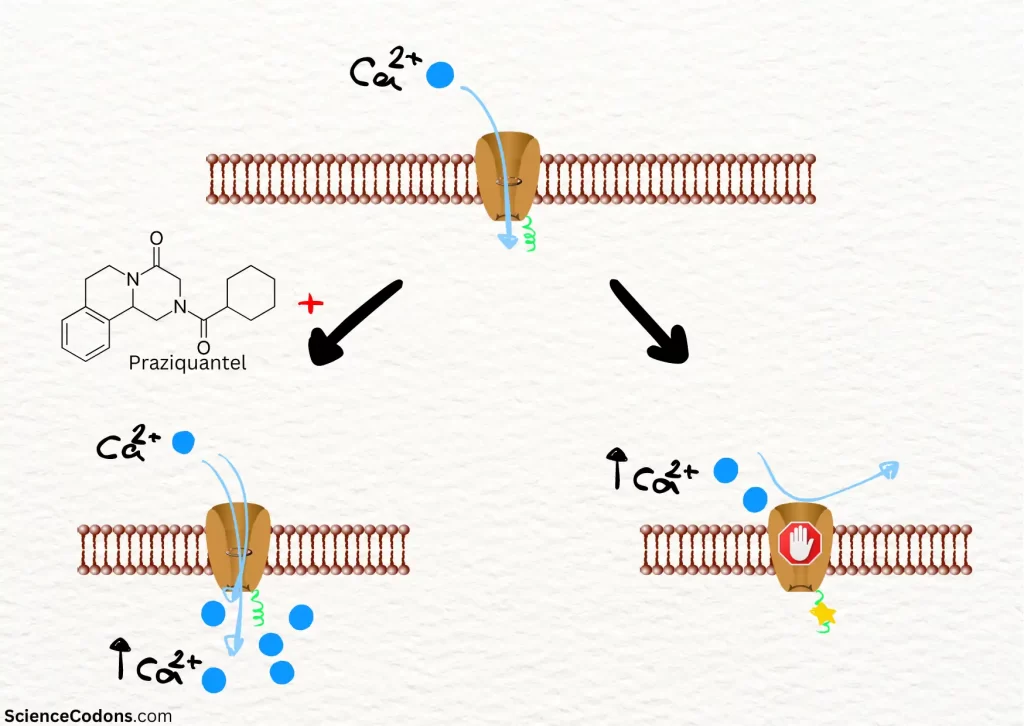
Prevention of transmission through watercress and aquatic cress involves using them either cooked or thoroughly washed. Additionally, human sewage should be disposed of in a sanitary and proper manner to prevent it from contaminating open waters.
Conclusion
Fasciolopsis buski represents a significant health concern in regions where raw freshwater plants are consumed. Understanding its life cycle and transmission is crucial for prevention. While infections can be asymptomatic, severe cases require prompt medical attention. Awareness and education on proper food preparation can greatly reduce the risk of fasciolopsiasis, contributing to better public health outcomes.
Reference
- Markell & Voge’s Medical Parasitology (10th Edition)
- https://doi.org/10.1016/S0035-9203(03)00022-1
- Ridha, Muhammad Rasyid, et al. “A review of Fasciolopsis buski distribution and control in Indonesia.” Veterinary world vol. 14,10 (2021): 2757-2763. doi:10.14202/vetworld.2021.2757-2763
- Wu, Xinglang et al. “Case Report: Surgical Intervention for Fasciolopsis buski Infection: A Literature Review.” The American journal of tropical medicine and hygiene vol. 103,6 (2020): 2282-2287. doi:10.4269/ajtmh.20-0572
